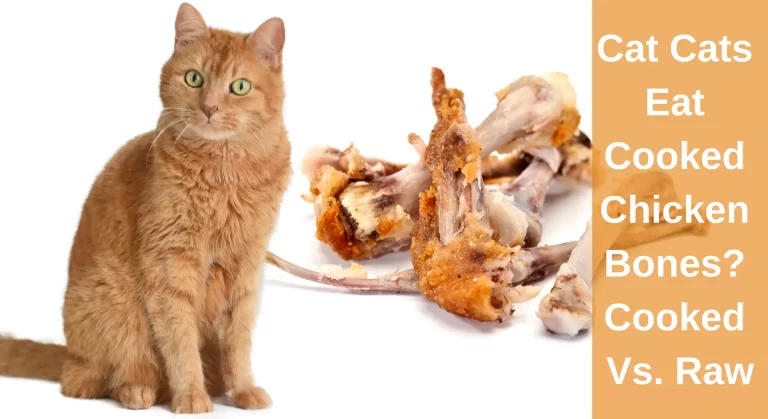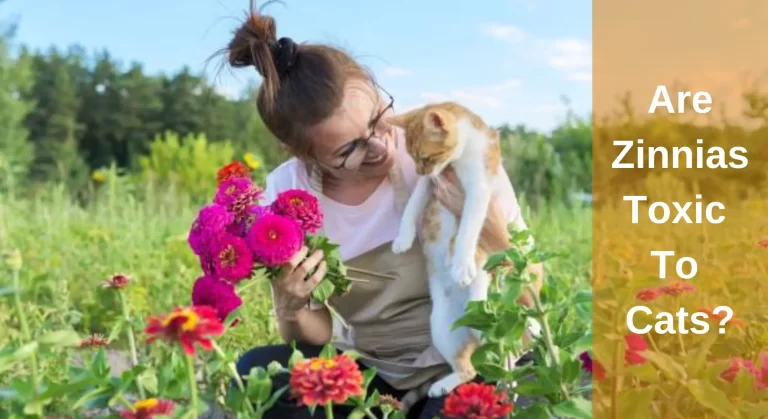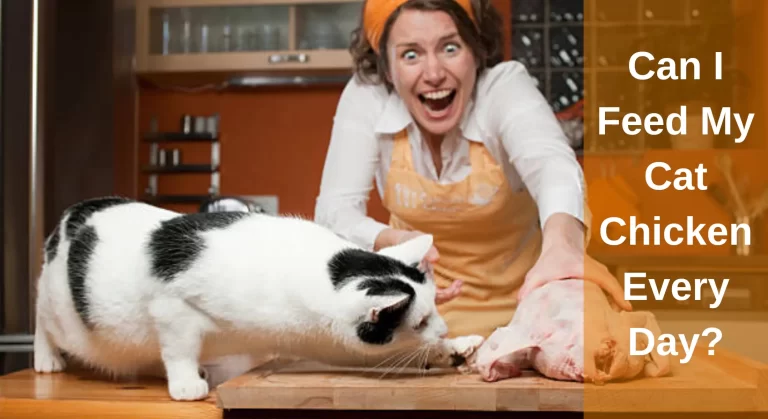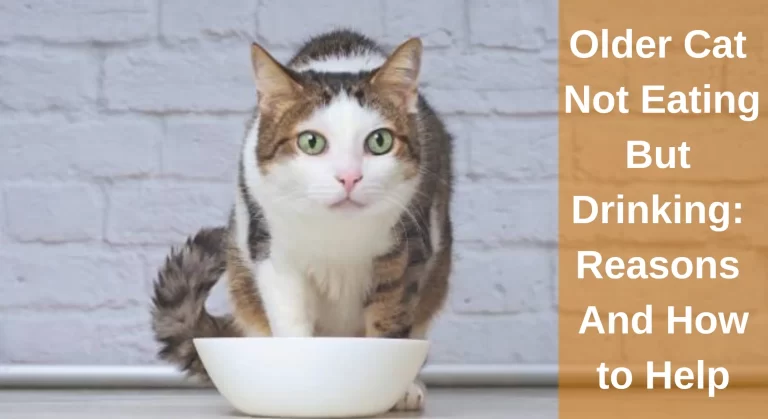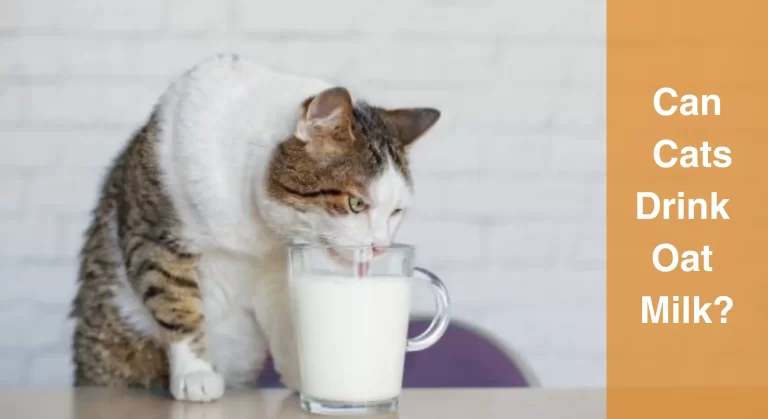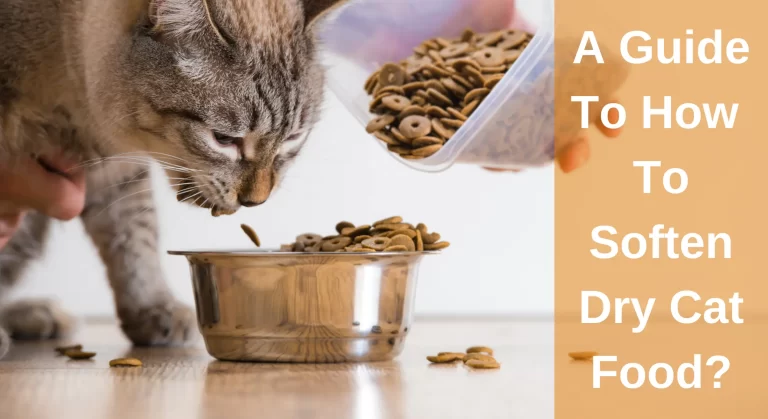Can Cats Eat Gum? A Look at the Risks and Dangers
When we were kids little, the alleged risks of ingesting gum always made us frightened to death. Chewing gum is available in a variety of tastes, and the smell may excite a cat’s interest, particularly if it is covered in glossy foil. So, it’s quite normal for cats to unintentionally eat it. You might become worried about your childhood stories and thinks about whether gums are safe for cats or not. “Can Cats Eat Gum”
No, felines can’t eat gums as most of them contain xylitol which makes them sweet. Sadly, cats cannot consume xylitol as it’s toxic for them and even a small amount can make them sick. So, it is always better to store gum in an area where your cat cannot access it.
Even mishaps may happen with careful cat owners, so if you’re a newbie cat owner and your cat has ingested some gum, you may get confused about what to do in this scenario. Don’t fret, in this post, we’ve mentioned some tips that will help you to prevent your cats from eating gums and help them feel better. Moreover, we’ve discussed the risks of consuming gums and much more! So, let’s dive in:

Understanding Gum and Its Ingredients
Gum is a type of confectionery that is made of several ingredients, including sweeteners, flavourings, and gum base. The gum base is made up of various synthetic and natural materials, including elastomers, resins, and waxes.
Some of the common sweeteners used in gum include xylitol, sorbitol, and aspartame. Gum also contains flavourings such as mint, cinnamon, and fruit extracts.
Why Can’t Cats Eat Gum?
The majority of gum varieties include xylitol, a sugar alternative that can be incredibly dangerous to cats; that’s why cats can’t consume gums. When ingested, xylitol can quickly produce insulin in cats, causing a hazardous decrease in blood glucose levels that may lead to convulsions, liver cirrhosis, and even fatality.
Also, cats who consume a lot of gum or who have gum that becomes lodged in their digestive tract run the risk of suffocating. So, it’s advised to keep gum out of your cats’ access because even small quantities of this sweetener can be harmful to them.
Check Out: Can Cats Eat Doritos? An In-Depth Look into the Risks and Benefits
What Happens if a Cat Eats Gum? Signs and Symptoms of Gum Poisoning in Cats
Xylitol is frequently used as a sweetener in gums. Although xylitol is completely harmless for us, it may prove fatal to our furry fellow. So, after 30 minutes of consumption, cats may begin to exhibit symptoms of xylitol toxicity. In addition to hypoglycemia, your cat may also have the following symptoms:
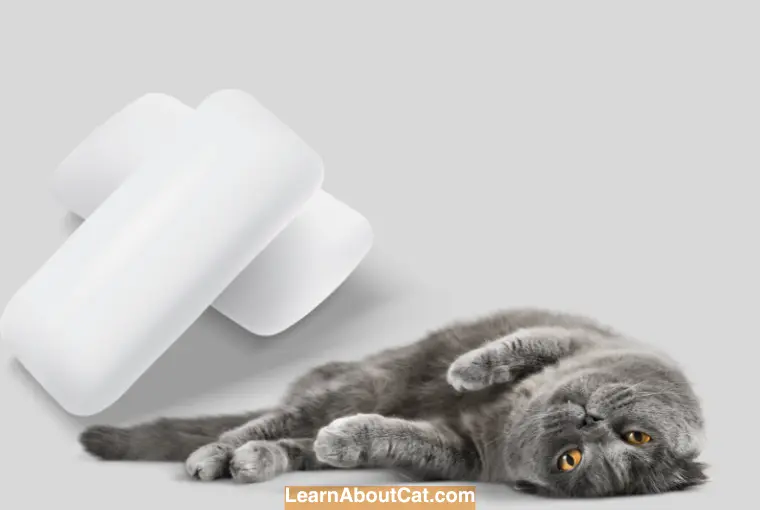
- Autonomic dysfunction
- Fainting
- Dizziness
- Convulsions
- Nausea
- Breathing difficulty
- Constipation
If your cat is left untreated, he may develop liver failure within 2 days and even digestive tract obstruction within a few hours.
Also, Check Out: Can Cats Eat Biscuits? Everything You Need to Know About Cats and Biscuits
Risk of Gum for Cats
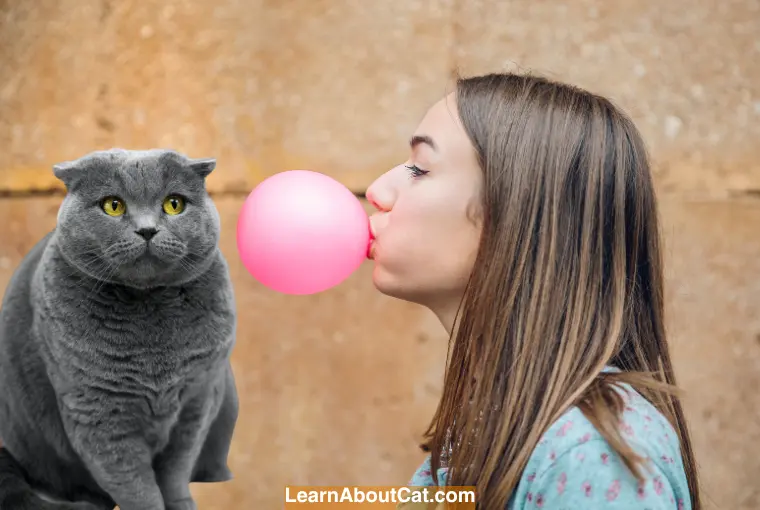
Choking
Choking is among the most common risks that might occur if your cat swallows a piece of gum. Gum is designed to become gummy and gooey when it becomes damp.
The gum can become stuck in your furry friend’s esophagus when she consumes it. While she struggles with removing it, she can start gasping and shaking with fear; thus, choking occurs.
Abdominal Blockage
Because gum cannot be digested by cats, so gastrointestinal blockage is the second main issue. Because of this, we throw bubble gum out rather than eat it. Your cat is unaware of this crucial truth.
So, when your cat has ingested a piece of gum it may cause obstruction in his gastrointestinal tract and pose serious problems including:
- Nausea
- Weight reduction
- Dehydration
- Terribly constipated
It might be dangerous for your cat if you observe any of these symptoms. Depending upon the blockage severity, y our veterinarian will probably need to perform surgery on him.
Hypoglycemia
When cats eat gum, hypoglycemia is the most severe illness that they could experience. The gum additive xylitol, a sweetener, is blamed for this illness. The pancreas of the cats experiences the effects of xylitol consumption right away.
When xylitol is consumed, the pancreas’s ability to produce insulin in the body’s tissues is greatly accelerated. The hormone that controls the body’s glucose levels is called insulin.
The stimulation of insulin production results in the cat’s glucose levels falling to incredibly low levels. As a result, hypoglycemia, a disorder occurs. After ingesting xylitol, cats’ glucose levels fall within thirty to sixty minutes.
Moreover, if you don’t take them to the vet, they may suffer from liver damage in case they have eaten gums containing huge amounts of xylitol.
How Much Gum Is Too Much?
Cats can become poisoned by xylitol with very little exposure. As a basic guideline, hypoglycemia can be brought on by 1/10 of a gram of xylitol per kilogram of body weight. In order to harm a 10-pound cat, around 1/2 gram of xylitol will be required.
The average stick of gum has 1.5–1.2 grams of xylitol in it. Although cats aren’t reported to suffer xylitol poisoning, still, more than 0.5g of xylitol per cat’s body weight will cause hypoglycemia and even liver damage.
Find Out: Can Cats Eat Goji Berries? Here’s What You Need to Know
What Should I Do If My Cat Eats Gum?
Finding your cat gum is a horrifying experience, especially if it includes the chemical Xylitol. It might be dangerous for your cat if it is not caught immediately. Because of this, you must act immediately. If you observe your cat eating gum, be calm and look for the gum your feline has in its mouth. Immediately take it out if you see it.
However, if you can’t see the gum in their throat, please refrain from using additional methods to remove the gum, such as pushing your fingers deep inside their throat. If you attempt this, you can end up hurting your cats more than helping them.
To put your feline back to normal, your veterinarian has to remove the Xylitol from his body. He’ll likely have to monitor his sugar balance for a while to ensure it doesn’t fluctuate.
To locate the exact position of the gum within the feline’s body, the veterinarian may perform a variety of exams and diagnostics. Everything will rely on the quantity of gum your feline consumed and how quickly you got him to the vet.
The surgery will be successful if you intervene quickly, but it turns terrible if it leads to liver cirrhosis. Be active in this situation.
You Might Like to Find: My Cat Ate A Chocolate Chip: Will 1 Chocolate Chip Hurt a Cat
How Can I Prevent My Cat from Eating Gum?
Protecting your feline from gum including xylitol is crucial because one piece of gum can have catastrophic repercussions. You may employ several techniques to protect your cat from danger.
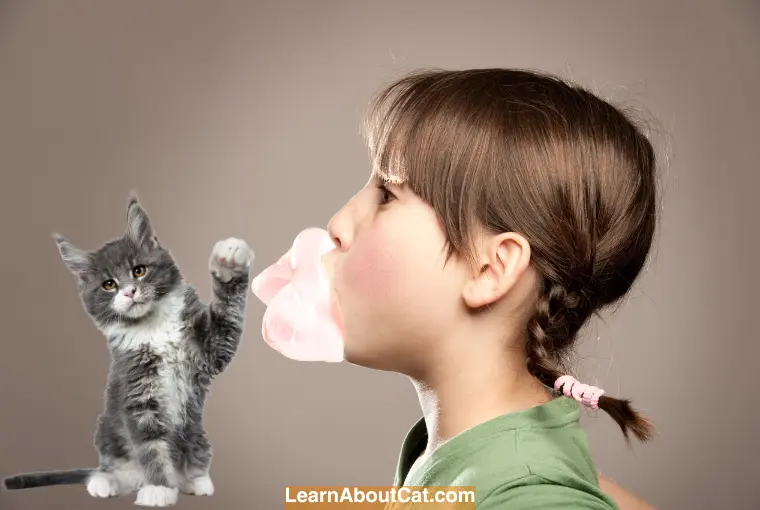
Replace gum with a gift
Try to divert your cat’s interest to a shiny new toy when you believe that it enjoys gum due to its glossy packaging. To create the toy extra attractive, you might also add catnip or spritz this with catnip.
Hide your gum
You might also conceal your gum inside a place that is difficult for your cat to get. Some cats, though, might be resistant or inquisitive.
If so, put the gum in a cabinet that’s challenging to open. Fixing a pet-proof lock might be a smart idea when you have a highly cunning cat who is skilled at unlocking cupboards.
If you own a car, you may store the gum there as well, keeping it away from your cat’s sight but yet making it accessible to you.
Safe Alternatives for Your Cat to Chew
If your cat loves to chew on things, it’s important to provide them with safe alternatives. Here are some cat-safe alternatives that you can offer to your feline friend:
- Cat-safe toys made of rubber, plastic, or natural materials
- Dental chews designed specifically for cats
- Cat grass or catnip for your cat to chew on
- Soft treats and snacks that are designed for cats
Frequently Asked Questions
How do you remove gum from a cat?
It can be difficult to get gum out of a cat, but you must act immediately to save your cat from accidentally consuming the gum. If you see the gum in your cat’s mouth you can remove it by pulling it but don’t put your fingers deep in their throat as you hurt him. However, if your cat has ingested the gum you have to take it to the vet immediately. He’ll do X-rays to find the position of the gum and then via different procedures depending on the severity he’ll take out the gum.
Is gum toxic to cats?
Yes, cats could be poisoned by gum. Gums mostly include xylitol, a sweetener that can be very harmful to cats. If unchecked, hypoglycemia caused by xylitol in cats can be fatal. Hypoglycemia is caused by fast insulin production. Moreover, xylitol can harm and eventually kill cats’ livers.
Can cats lick mint gum?
Although it is not advised, cats may lick mint gum. But if mint gum includes xylitol, it might be dangerous to cats like every other type of gum. Even if there’s no xylitol in the gum, the mint flavour of gum may disturb your cat’s tummy and lead to nausea or other gastrointestinal issues.
Why does my cat love gum?
It’s uncommon for cats to enjoy chewing gum. In reality, the majority of cats are not interested in gum. However. the sweet flavour or aroma of the gum may attract your cat. Moreover, your cat is also drawn to the gum because of its feel or stickiness. Gum might have a similar feeling to the stretchy or chewy items that some cats like to nibble on.
Is gum bad for cats?
Yes, gum can be very dangerous for cats. Gum often contains xylitol, a sugar substitute that is toxic to cats and can cause hypoglycemia, seizures, liver damage, and even death. In addition, the gum base can cause intestinal blockages in cats if ingested, which can be life-threatening. It is important to keep gum and other candy products out of your cat’s reach to prevent them from accidentally ingesting it.
Conclusion
Generally speaking, it’s recommended to prevent your cat from eating gum because it can be harmful to cats if it contains xylitol. If your feline tries to play with gum, perhaps it’s xylitol-free, but it can soon turn into a gooey mess. Gum may cause choking. To prevent dangerous and messy scenarios, store gum in a safe and out-of-the-way location.
If your cat has ingested gum, the veterinarian has to remove the xylitol from its body after several treatments, and urgent surgeries, while maintaining blood glucose levels. They cannot repair the harm that xylitol does to the liver.
Thus, kindly keep an eye out for symptoms of choking, convulsions, or difficulties moving in your cats. Please hurry them to the hospital if you see them.
Related Posts:
Who is Isabella?
My name is Isabella, and I am a dedicated and knowledgeable cat enthusiast. With years of experience caring for cats and a deep love for felines, I made a mission to help other cat lovers navigate the challenges of cat ownership.

